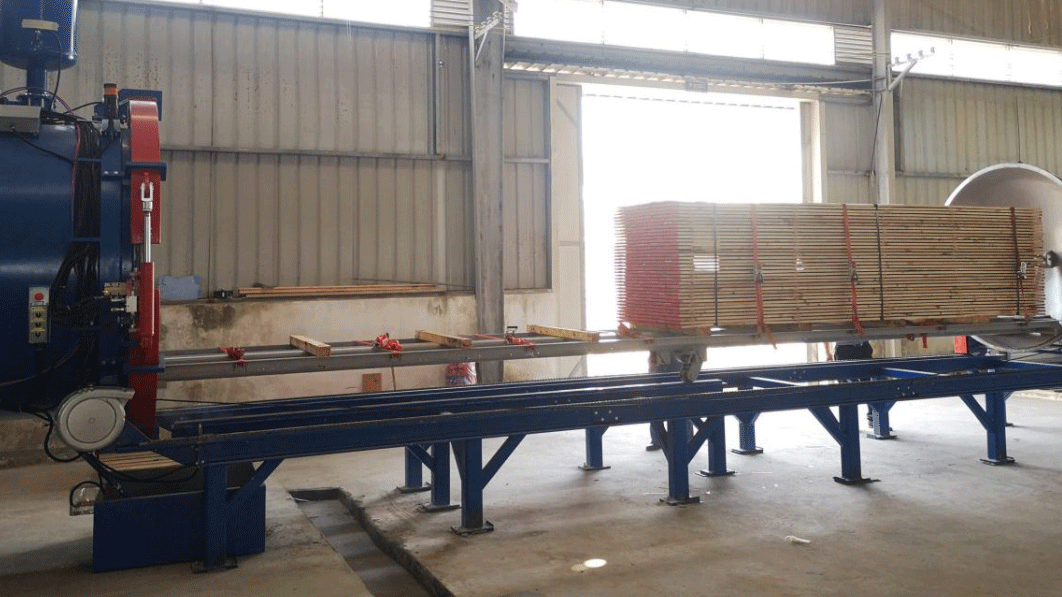Protect your wood deeply and efficiently with advanced vacuum impregnation – ideal for timber exposed to ground contact or fresh water.
🔧 What Is Vacuum Impregnation?
Vacuum pressure impregnation is a modern wood treatment process, especially suitable for Use Class 4 applications – where timber is in long-term contact with soil or freshwater. Ideal for:
-
Outdoor wooden structures
-
Poles and posts
-
Retaining walls and fences
-
Vineyard poles and bridges
🧪 Recommended Method: Bethel Technology
This process is carried out in three key stages:
-
Initial vacuum – Removes air from the wood cells, ensuring deep penetration of the preservative. Optimal vacuum pressure: 20 mbar.
-
Positive pressure (8–10 bar) – Forces the treatment solution deep into the wood structure.
-
Final vacuum – Extracts excess solution from the surface and stabilizes the treatment.
🌲 Best Wood Species for Impregnation
Absorption depends on wood permeability. Here's a quick comparison:
| Wood Species | Treatability |
|---|---|
| Spruce | Low |
| Pine | High |
| Beech | High |
| Oak | Moderate (but minimal sapwood) |
⚠️ Note: The heartwood is generally impermeable, so only the sapwood (outer living layer) is effectively treated.
🛠 How the Process Works
-
Timber is loaded into a high-pressure treatment vessel.
-
A vacuum is applied to remove trapped air.
-
The impregnation solution is introduced under hydraulic pressure.
-
A final vacuum removes excess liquid.
-
Treated wood is removed and stored in a dry, ventilated area, protected from precipitation.
✅ Why Choose Vacuum Impregnation?
-
✔️ Long-lasting protection against moisture and decay
-
✔️ Increased durability in harsh environments
-
✔️ Full-depth treatment, not just surface protection
-
✔️ Ideal for outdoor, structural, or industrial wood
📞 Need wood treatment? We're ready to help!
Contact us for personalized pricing and technical guidance.









